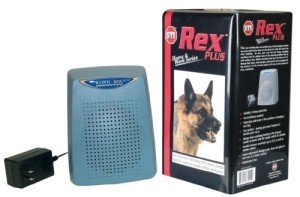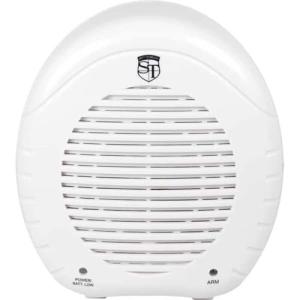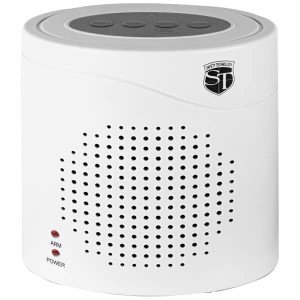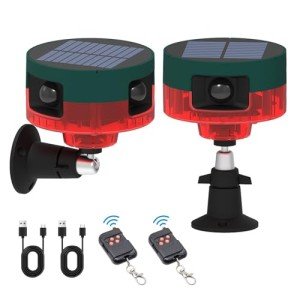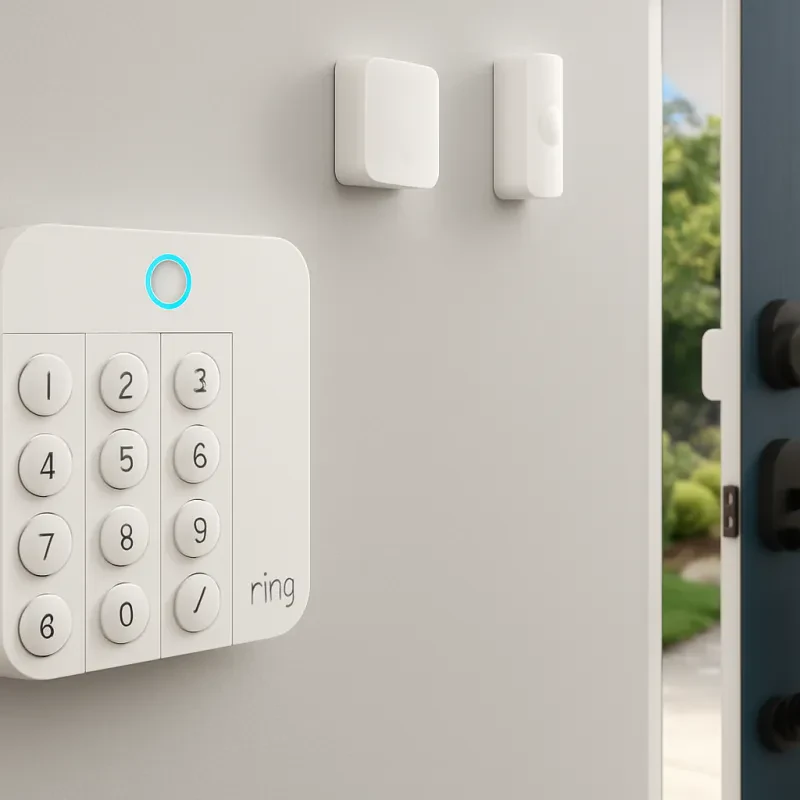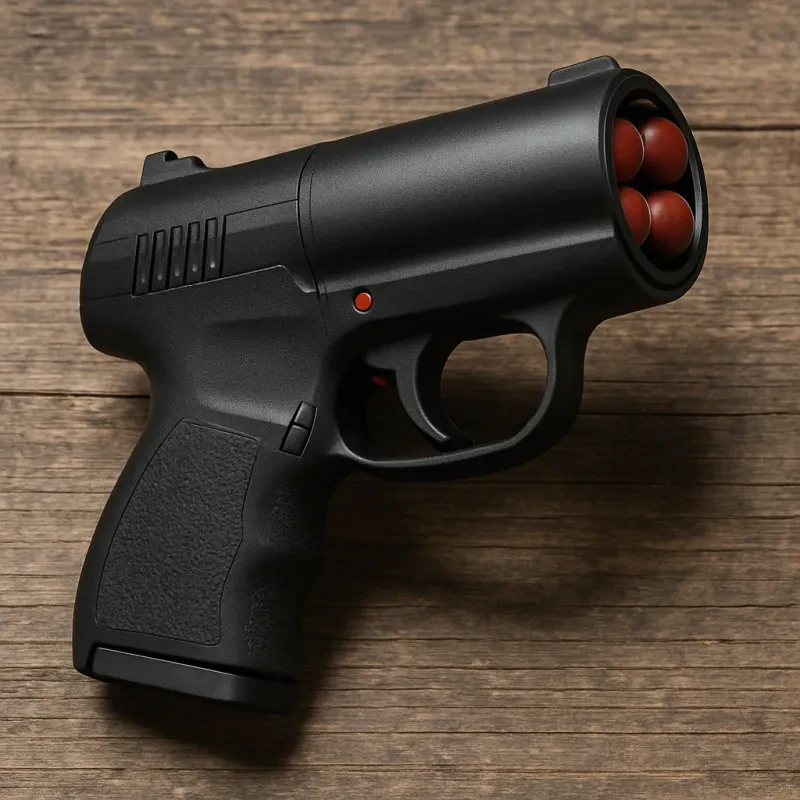If you’re looking for a reliable way to enhance your home security, a Barking Dog Alarm is an option worth considering. These alarms mimic the sound of a barking dog, which can be a proven deterrent for would-be intruders. Imagine the surprise of an intruder when they hear a loud, protective bark echoing from your home!
One of the best features of a Barking Dog Alarm is its simplicity. There’s no complicated installation or ongoing expenses. Just set it up in your desired location, and you're good to go! Most of these alarms are battery-operated and easy to maintain, making them a fantastic choice for everyone, especially those who aren’t overly handy.
Plus, the peace of mind you gain knowing that you have a Barking Dog Alarm in place is priceless. It’s like having a guard dog without the need for feeding or walking! When you’re out running errands or on vacation, you can rest easy knowing that your home has an extra layer of protection.
How It Works for Your Safety
If you’re wondering how the Barking Dog Alarm can enhance your home safety, let’s break it down in simple terms. This device is designed to keep intruders at bay while giving you peace of mind when you’re at home or away. It uses advanced sound technology to detect movement and can mimic the sound of a barking dog, which is often enough to scare off would-be burglars.
Here’s how it works: when someone approaches your property, the Barking Dog Alarm senses the motion and activates. Instead of relying solely on traditional alarms, which may go unnoticed, this alarm produces loud barking sounds that can be very convincing. Most intruders will hear the barking and think twice about stepping foot onto your property.
Another cool feature of the Barking Dog Alarm is that it often comes with adjustable settings. You can choose the volume and even the type of barking sound, which means you can customize it to suit your space. Place it near doors or windows, and it will offer an extra layer of protection. It’s ideal for homes without dogs or for those who want to add another level of security without any complicated setup.
Setting up the Barking Dog Alarm is usually a breeze—most devices can be installed within minutes. Just place it where you want, switch it on, and you’re good to go! Whether you live in a busy neighborhood or a quiet area, this alarm can help turn your home into a less appealing target for unwanted visitors.
Key Features to Consider
When choosing a barking dog alarm, there are a few key features you should definitely consider. It’s important to find a product that fits your needs and gives you peace of mind when you’re at home or away.
1. Sound Quality
Not all barking dog alarms sound the same. Look for one that has realistic dog barking sounds, as this can be more effective at deterring intruders. Some devices even let you adjust the volume, so you can set it to a level that suits your space.
2. Detection Range
Check the detection range of the barking dog alarm. You want a model that can cover your entire property, especially entry points like doors and windows. Ideally, you should find one that can capture movement from a good distance, so it activates well before someone gets too close.
3. Power Options
Consider how the device is powered. Some barking dog alarms use batteries, while others can be plugged into an outlet. If you want something hassle-free, look for models that are rechargeable or have long battery life to avoid constant replacement.
4. Additional Features
Some barking dog alarms come with extra features like motion sensors, customizable settings, or even smartphone compatibility. These added touches might make a big difference in how you use the alarm and can provide extra layers of security for your home.
Setting Up Your Alarm Easily
Setting up your Barking Dog Alarm is a breeze! You don’t need to be a tech whiz to get it going. Most of these alarms come with clear instructions right in the box, so you can dive right in without any guesswork.
First things first, find the perfect spot for your Barking Dog Alarm. Ideally, it should be near entrances or windows where intruders might sneak in but far enough that it doesn’t pick up the sounds of normal household activities. A little experimentation can help you find that sweet spot.
Once you’ve got the location sorted, plug it in and turn it on. Many alarms give you different options for sensitivity settings. You might want to start with a middle setting to avoid false alarms from passing cars or neighborhood pets. Adjust it as needed to suit your environment.
Lastly, make sure to test your Barking Dog Alarm after setup. Walk past it to see if it reacts how you’d like. This way, you can rest easy knowing it’s ready to protect your home from unwanted visitors!

